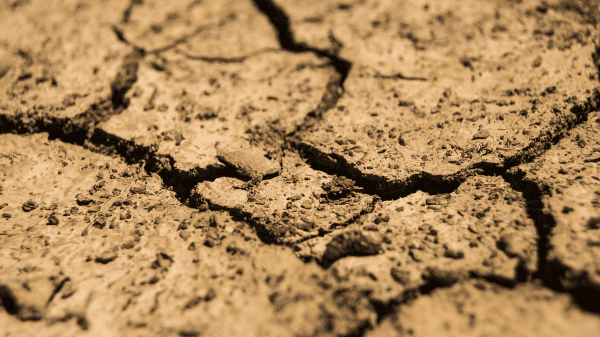For something that affects so many Americans (i.e., everyone who eats fruit and vegetables), the California water situation is poorly understood outside of the state and even within it.
There has been an enormous amount of news about the drought that has afflicted the state for several years. Growers have suffered its impact, but not all growers and not in all regions.
The water crisis has especially hit the vastly productive San Joaquin Valley, where this year’s news roughly corresponds to everyone’s most horrific fears from 30 years ago.

It’s quite another matter in the Salinas Valley and the adjoining Pajaro Valley near the Central Coast.
“I don’t know anybody having water issues right now,” Joe Schirmer, owner of Dirty Girl Produce, a 40-acre organic farm in Watsonville, told Jude Coleman of the Santa Cruz Sentinel.
“In the Pajaro Valley, we have all our own wells,” says Dick Peixoto, owner of Lakeside Organics Gardens, LLC, BB #:155561 in Watsonville. “We’ve been working on our water problem, putting in recycled city water, setting up lakes to supply water. They’ve given us some awards to show it’s the way the system should work.”
Monterey County—the heart of the Salinas growing area—“is not dependent on imported water supplies as there is a highly developed water system for recharge in the Salinas Valley groundwater basin,” comments Norm Groot, executive director of the Monterey County Fam Bureau. “Impacts of the drought at this point are limited to our lower reservoir levels, similar to other parts of the state.”
Anyone who knows Spanish is likely to say that a place named Salinas is not a great place to grow crops. It means “saline,” notes Steve Johnston, produce broker for the Salinas office of G.W. Palmer BB #:162696.
Salt has actually been the key to the region’s water management strategy. In the middle of the last century, growers were becoming increasingly vexed by saltwater intrusion from the Pacific, which would happen if aquifer levels dropped below sea level.
Local municipalities and water districts combined to pump treated wastewater into wells to maintain aquifer levels.
Another boon it that growers in the region tend to use drip irrigation instead of flooding. Peixoto told the Santa Cruz Sentinel that the amount of water used to flood a single crop can sustain an entire crop from seed to harvest.
Although the state was hit by an atmospheric river on October 24, which dumped several inches of rain in a day, it’s still too soon to tell whether precipitation this winter will solve, or even alleviate, the state’s problems.
“In Salinas-Watsonville, it’s the quality that’s important,” says Johnston. “If we get the heavy rains, it pushes out the salt and sweetens out the soil.”
For that reason, Johnston notes that the effects of a wet rainy season will not necessarily affect yields for that year. “If we get a good, wet one, you’ll see the effects of the good, heavy rains,” he says, adding, “Good rains sweeten up the soil. Strawberry plants really love it.”
Strawberries were the highest-value crop for Monterey County in 2020.



